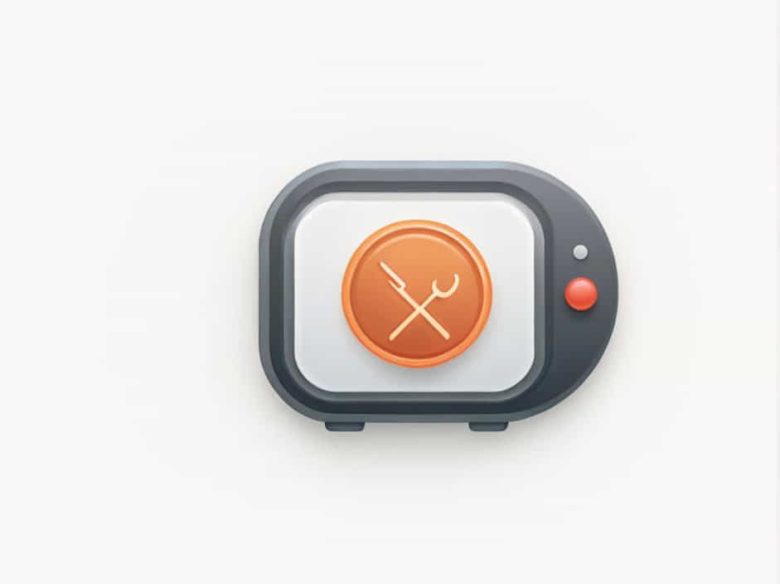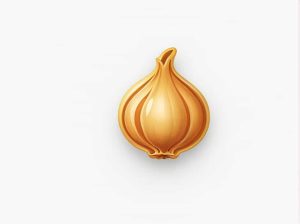The reverse sear method is the best way to cook a ribeye steak to perfection. By slow-cooking the steak at a low temperature in the oven first then searing it at the end you get a steak that is evenly cooked juicy and has a beautiful crust.
One of the most common questions about this technique is: What is the ideal oven temperature for reverse searing a ribeye? This guide will cover everything you need to know including the best oven temp step-by-step instructions and tips for getting the perfect steak.
What is Reverse Searing?
Reverse searing is a two-step process:
- Slow cook the steak in the oven at a low temperature until it reaches the desired internal temperature.
- Sear the steak in a hot pan or on a grill to develop a crispy flavorful crust.
This method ensures that the steak is perfectly medium-rare (or your preferred doneness) from edge to edge without overcooking.
Best Oven Temperature for Reverse Searing Ribeye
Low and Slow: 225°F (107°C) is Ideal
The best oven temperature for reverse searing ribeye steak is 225°F (107°C). This allows the steak to cook slowly and evenly preventing the outer layer from overcooking while the inside remains raw.
At 225°F it typically takes:
- 30-40 minutes for a 1-inch thick ribeye
- 45-60 minutes for a 1.5 to 2-inch thick ribeye
If you’re in a hurry you can increase the temperature to 250°F (121°C) but lower temperatures give better results.
Step-by-Step Guide to Reverse Sear Ribeye
1. Choose a High-Quality Ribeye
- A thick-cut bone-in or boneless ribeye (at least 1.5 inches thick) works best.
- Marbling (the fat within the meat) enhances the flavor and juiciness.
2. Season the Steak
- Salt the ribeye generously at least 40 minutes before cooking (or overnight in the fridge for a dry brine).
- Before putting it in the oven add black pepper garlic powder or your favorite steak seasoning.
3. Preheat the Oven to 225°F (107°C)
- Place the ribeye on a wire rack over a baking sheet to allow even airflow.
- Insert a meat thermometer into the thickest part of the steak.
4. Cook the Steak Slowly
- Place the steak in the oven and bake until it reaches 10-15°F below your target doneness:
| Desired Doneness | Remove from Oven at | Final Temp After Searing |
|---|---|---|
| Rare (120°F) | 105°F-110°F | 120°F-125°F |
| Medium-Rare (130°F) | 115°F-120°F | 130°F-135°F |
| Medium (140°F) | 125°F-130°F | 140°F-145°F |
- Cooking time varies based on thickness but check with a thermometer instead of relying on time alone.
5. Rest the Steak (Important!)
- Let the steak rest for 10 minutes before searing.
- This allows juices to redistribute and prevents overcooking.
6. Sear for the Perfect Crust
- Heat a cast-iron skillet over high heat with a small amount of oil or butter.
- Sear each side for 45-60 seconds until a deep brown crust forms.
- Baste with butter garlic and herbs (optional) for extra flavor.
Why Reverse Searing is Better than Traditional Methods
1. Even Cooking
- Traditional searing cooks the steak from the outside in often leading to an overcooked outer layer.
- Reverse searing allows for a uniform doneness throughout.
2. Better Flavor & Texture
- The low-and-slow cooking method enhances the natural beefy flavor.
- The final sear gives a crispy caramelized crust that steak lovers crave.
3. More Control Over Doneness
- No more guesswork! Using a thermometer ensures perfect results every time.
Common Mistakes to Avoid
1. Cooking at Too High a Temperature
- Temperatures above 250°F (121°C) cause the outer layer to overcook before the inside is ready.
- Stick to 225°F (107°C) for the best results.
2. Not Using a Thermometer
- Reverse searing relies on precision. A digital meat thermometer ensures perfect doneness.
3. Skipping the Resting Time
- Resting prevents juices from escaping and helps retain moisture.
4. Not Using a Hot Enough Pan for Searing
- The pan must be extremely hot to develop a good crust.
- If the pan isn’t hot enough the steak won’t sear properly.
Alternative Cooking Methods
If you don’t want to use an oven you can reverse sear ribeye using:
1. A Smoker
- Set the smoker to 225°F (107°C) and cook the steak until it reaches 10-15°F below the target temperature.
- Then sear over high heat on a grill or cast-iron pan.
2. A Sous Vide Machine
- Cook the steak in a sous vide water bath at your desired doneness for 1-2 hours.
- Remove and sear in a hot pan.
Both methods provide similar results to the oven method but require additional equipment.
Final Thoughts
The reverse sear method is the best way to cook a ribeye steak with maximum juiciness and a perfectly crisp crust.
Key Takeaways:
✅ 225°F (107°C) is the best oven temperature for even cooking.
✅ Use a meat thermometer to hit the perfect doneness.
✅ Rest the steak before searing to keep it juicy.
✅ Finish with a hot sear for a crispy flavorful crust.
Follow this method and you’ll get restaurant-quality ribeye steak every time!



